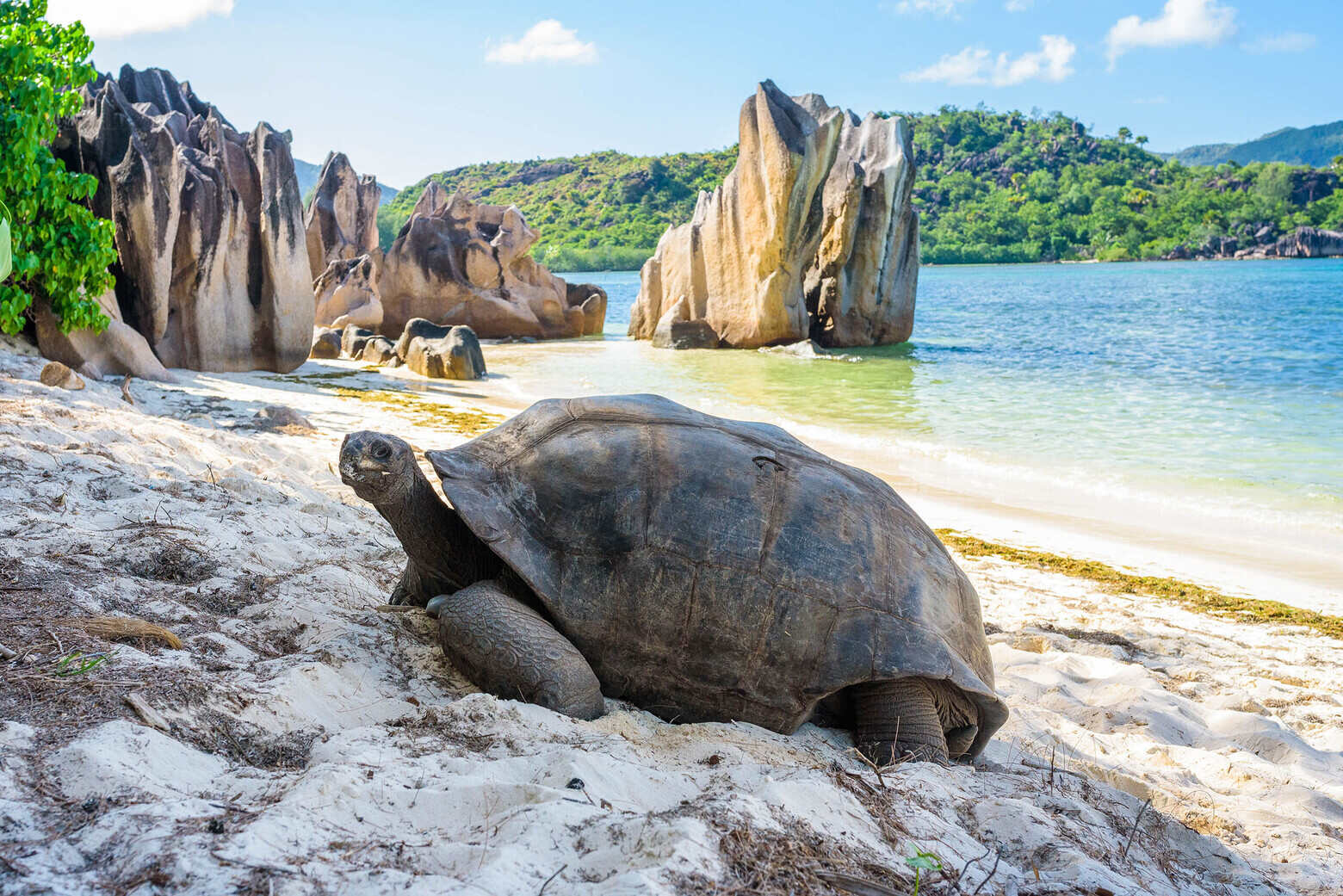
Seychelles, a stunning archipelago in the Indian Ocean, offers more than just pristine beaches and turquoise waters. This tropical paradise, made up of 115 islands, boasts a rich history, unique wildlife, and vibrant culture. Ever wondered what makes Seychelles so special? Here are 15 fascinating facts that will give you a deeper appreciation for this island nation. From its rare black parrots to the world's heaviest seed, Seychelles is full of surprises. Whether you're planning a visit or just curious, these facts will surely spark your interest and maybe even inspire your next adventure.
Key Takeaways:
- Seychelles is a tropical paradise with 115 unique islands, rich biodiversity, and a vibrant mix of cultures. It's a haven for nature lovers and history enthusiasts alike.
- From giant tortoises to pirate hideouts, Seychelles offers a blend of natural wonders and historical significance. The country is committed to preserving its beauty through eco-friendly initiatives.
Seychelles: A Tropical Paradise
Seychelles, an archipelago in the Indian Ocean, is known for its stunning beaches, crystal-clear waters, and unique wildlife. This tropical paradise offers more than just picturesque views. Here are some fascinating facts about Seychelles that will make you want to pack your bags and visit.
Unique Geography
Seychelles is made up of 115 islands, each with its own charm and beauty. The islands are divided into two main groups: the Inner Islands and the Outer Islands.
- Seychelles' Inner Islands are mostly granitic, making them some of the oldest islands on Earth.
- The Outer Islands are coral atolls and reef islands, offering a completely different landscape.
- Mahé, the largest island, is home to the capital city, Victoria, and about 90% of the population.
Rich Biodiversity
Seychelles is a haven for nature lovers, boasting a wide variety of flora and fauna, some of which are found nowhere else on the planet.
- The Coco de Mer palm produces the largest seed in the plant kingdom, weighing up to 30 kg.
- Aldabra Atoll, a UNESCO World Heritage site, is home to the world's largest population of giant tortoises.
- The Seychelles magpie-robin, once critically endangered, has made a remarkable recovery thanks to conservation efforts.
Cultural Melting Pot
The culture of Seychelles is a vibrant mix of African, European, and Asian influences, reflected in its music, dance, and cuisine.
- Creole is the most widely spoken language, alongside English and French.
- Seychellois cuisine features a blend of flavors, with dishes like grilled fish, octopus curry, and coconut milk-based desserts.
- The annual Creole Festival celebrates the islands' rich cultural heritage with music, dance, and traditional food.
Historical Significance
Seychelles has a rich history, from its early days as a pirate hideout to its colonial past.
- The islands were once a favorite hideout for pirates, including the infamous Olivier Levasseur, also known as "La Buse."
- Seychelles gained independence from the United Kingdom in 1976, becoming a republic within the Commonwealth.
- The Victoria Clocktower, a replica of London's Big Ben, stands as a symbol of the islands' colonial history.
Eco-Friendly Initiatives
Seychelles is committed to preserving its natural beauty and has implemented various eco-friendly initiatives to protect its environment.
- The country has designated nearly half of its land area as national parks and reserves.
- Seychelles is a leader in marine conservation, with several marine protected areas and sustainable fishing practices.
- The government has banned the use of plastic bags, straws, and cutlery to reduce plastic pollution.
Seychelles is more than just a tropical getaway; it's a place rich in natural wonders, cultural diversity, and historical significance. Whether you're an adventurer, a nature enthusiast, or a history buff, Seychelles has something to offer everyone.
Final Glimpse of Seychelles
Seychelles is a treasure chest of wonders. From its pristine beaches to the unique wildlife, every corner of this archipelago tells a story. The Aldabra giant tortoises and the Coco de Mer palm are just a couple of the natural marvels that make Seychelles special. The islands' rich history, influenced by African, European, and Asian cultures, adds layers to its charm. Whether you're exploring the vibrant marine life or hiking through lush forests, there's always something new to discover. The Creole cuisine offers a delightful mix of flavors, reflecting the islands' diverse heritage. With its commitment to conservation, Seychelles ensures that its beauty remains unspoiled for future generations. So, if you're dreaming of a place where nature and culture blend seamlessly, Seychelles should be at the top of your list. This paradise truly offers an unforgettable experience.
Frequently Asked Questions
Was this page helpful?
Our commitment to delivering trustworthy and engaging content is at the heart of what we do. Each fact on our site is contributed by real users like you, bringing a wealth of diverse insights and information. To ensure the highest standards of accuracy and reliability, our dedicated editors meticulously review each submission. This process guarantees that the facts we share are not only fascinating but also credible. Trust in our commitment to quality and authenticity as you explore and learn with us.


